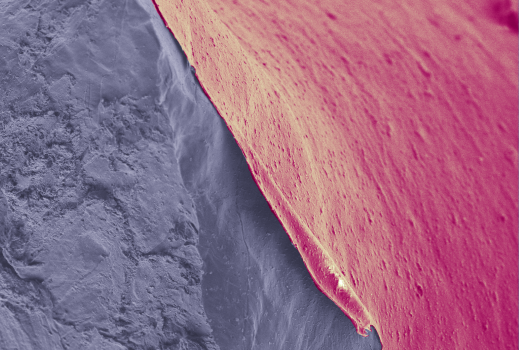
Researchers at Monash University have developed a new lithium-sulfur battery design with a nanoporous polymer-coated lithium foil anode that reduces the amount of lithium required in a single battery.
In their recent paper, the scientists explain how they applied a nanoporous polymer directly onto a lithium foil anode, creating a new battery design that uses less lithium, has more energy per unit volume, lasts longer and could be cheaper than lithium-ion batteries.
Lithium-sulfur (Li-S) batteries, which use metallic lithium and sulfur, can deliver more energy per gram than lithium-ion batteries, but they also have their limitations. Typically they contain a lithium anode and sulfur cathode with a separating layer. When the battery charges and discharges, large amounts of lithium and sulfur react with one another, placing the lithium metal under a lot of strain.

PhD student and lead researcher Declan McNamara of Monash Engineering said the thin polymer coating on lithium significantly improved the number of times the battery could be cycled: “The polymer contains tiny holes less than a nanometer in size, which allow lithium ions to move freely while blocking other chemicals that would attack the lithium. The coating also acts as a scaffold for lithium, and helps it charge and discharge repeatedly. Metallic lithium is a bit of a double-edged sword. Lithium is packed full of energy, but in a bad battery, this energy is wasted on side reactions. On the other hand, if the energy is channeled correctly, it can make some incredible energy storage devices that are easier to make. This coating is a step towards highly efficient, easily manufactured Li-S batteries.”
Another advantage of the new design is that it does not require nickel or cobalt, removing the need for minerals that have a significant environmental and social cost.
As with any technological advance, it’s hard to predict how long it will be before Li-S batteries find their way into production vehicles. However, study co-author Professor Matthew Hill said the technology could have an immediate impact: “The market for electric vehicles, drones and electronic devices is on a steep growth pattern and this research is commercially ready for manufacturing to support that growth.”
Source: Monash University
from Charged EVs https://ift.tt/aiwUmtY


No comments:
Post a Comment